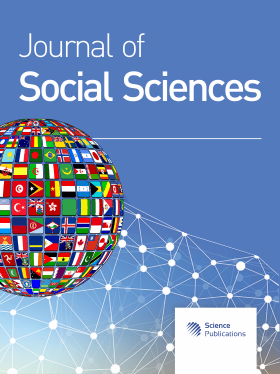THE MODEL IN PREVENTING AND SOLVING DRUGS IN THE THAI-LAO BORDER VILLAGES
- 1 Graduate School of Ubonratchathani Rajabhat University, Thailand
Abstract
A drug issue is a problem at both national and international levels. The root causes of the problems lie inside and outside the humans. To solve the problems in a sustainable way, it is essential to get cooperation from many parties. The research aimed to study the situations and prevention and solution of drugs in the border villages, to construct the model to prevent and solve the drug issues and to evaluate the model for preventing and solving the drugs prevalent in the border villages. The work was a qualitative research. It analyzed documentary data and those from the field study gained by surveying, observing, interviewing, focus group and workshop. Twenty border villages in Khemarat district were used as the samples which derived by a specific random sampling. The research found that (1) as regards the drug situations, the drugs were prevalent in Khemarat. There were two guidelines to deal with the situation: Internal factor or participation from all; external factors or the cooperation between the state and the community residents. (2) Considering the guidelines for constructing the model for preventing drugs, there were four types of measures: (1) Integration from all sectors, (2) objectives in constructing the model which consisted of two items: 2.1 promotion and support for the state officials’ performance, 2.2 observation and protection of the community members from drugs. (3) The process of constructing the model was composed of the following: Finding a leader, communication to effect changes, multilateral communication in society, community participation in solving the problems, linking ideas from a variety of people, public forum to exchange the ideas, feedback on problems, turning burdens into energy, progress in people’s participation. (4) evaluation of the state officials’ and the community’s participation. (3) Given the suitability and practicality of the model, the model in question was found to be suitable and also found to be feasible in preventing and solving the drug issue were 89.6 percentage and 83.9 percentage. A further research should be conducted on the cooperation between the state and private sectors in planning to prevent and solve the drug issues along Thai-Lao border villages. As for the application of the model in the study, the model can be formalized as a main policy for the Interior Ministry. It is also possible to be made as a handbook to be distributed to the state agencies, the private organizations, the communities and the border villages.
DOI: https://doi.org/10.3844/jssp.2014.26.32

- 4,446 Views
- 2,902 Downloads
- 0 Citations
Download
Keywords
- Model
- Preventing
- Solving
- Drug Problem
- Thai-Laos Border
